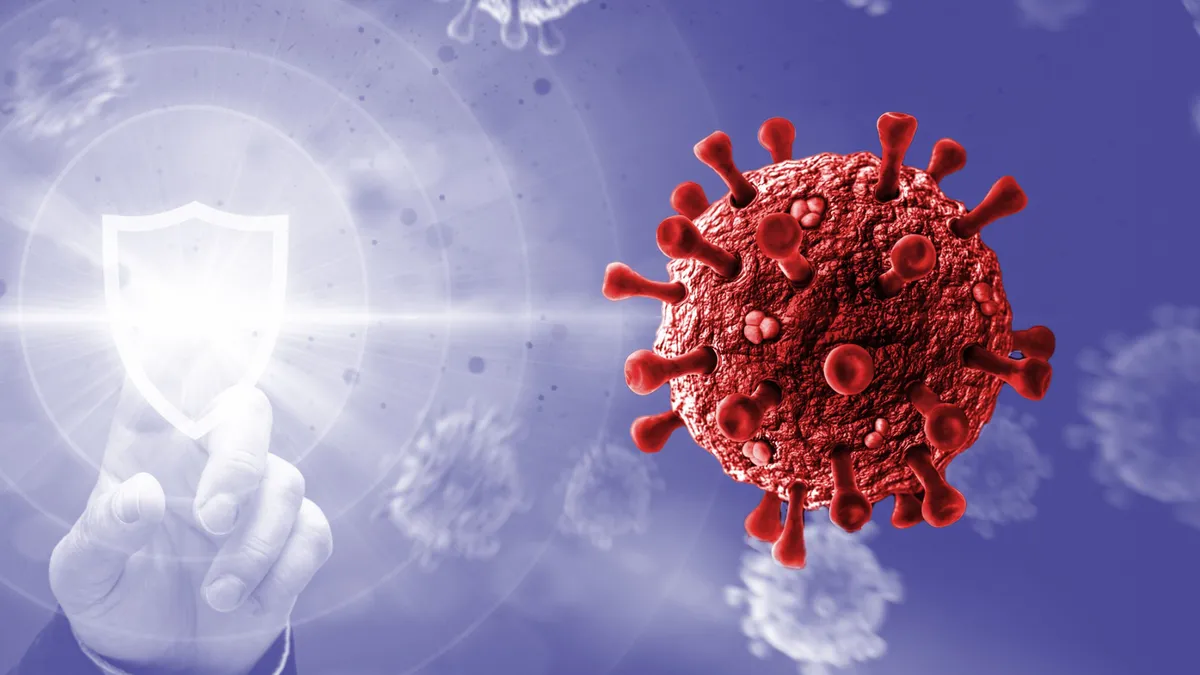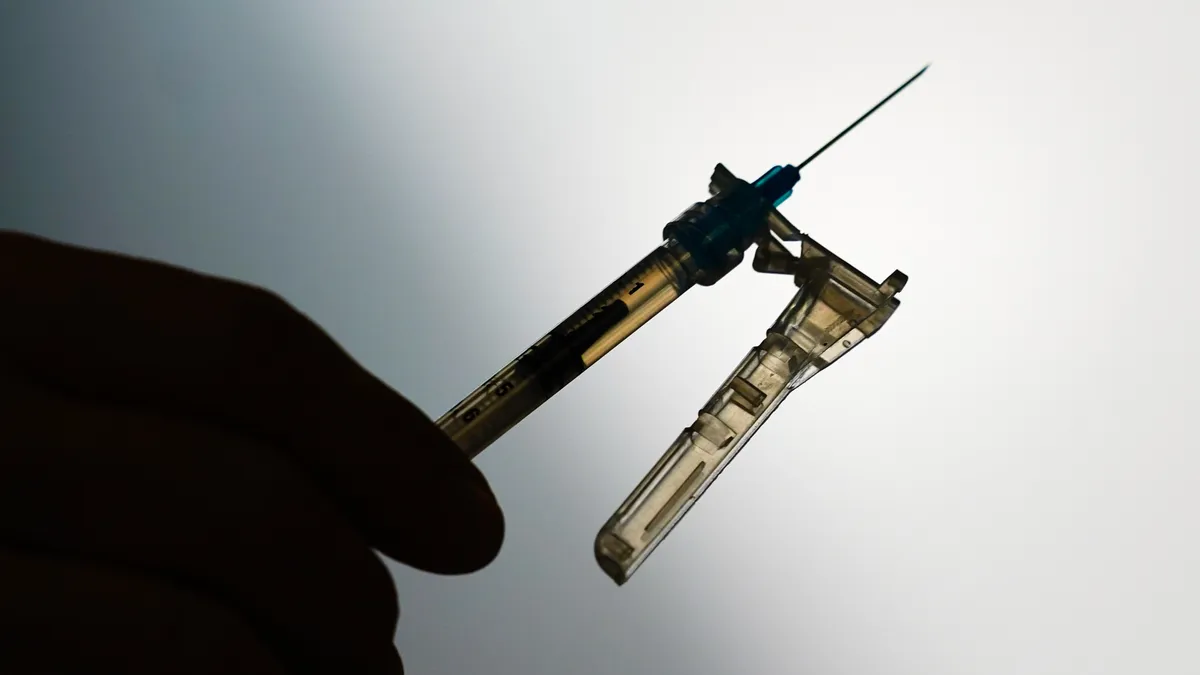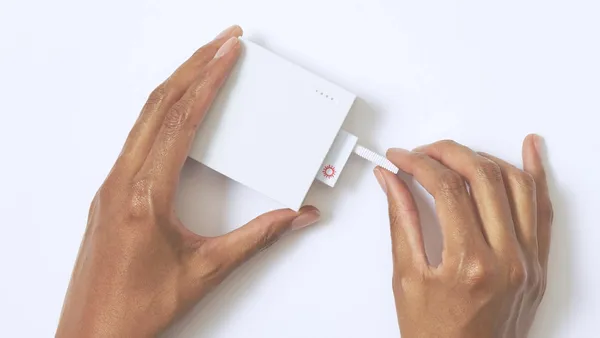Dive Brief:
- S&P is predicting the worst of the COVID-19 pandemic has passed for the healthcare sector, and that "a return to the lows of the earlier stages of pandemic in late March/early April" is not expected. However, the report noted a full rebound is not likely until a vaccine or other treatment for the novel coronavirus is available.
- As a result, many facets of healthcare delivery — including outpatient surgical centers, physical therapy, home healthcare and dental services — are not expected to fully rebound until 2022, although S&P mostly believes that the worst is over.
- Some sub-sectors have actually experienced a net gain during the pandemic — diagnostics, lab testing and life sciences among them. S&P predicts a full recovery for those areas by the end of the year, and no impact to their general credit ratings. But there is also a wildcard: the rising number of Americans who have lost their health insurance due to the economic fallout from COVID-19.
Dive Insight:
COVID-19 hit the healthcare sector like no other past calamity: Outpatient surgeries plummeted by as much as 90% while hospital admissions dropped by nearly 60%, according to S&P data.
However, the report says the recovery in healthcare has mostly been V-shaped. Hospital admissions are within 10% of pre-COVID levels, while outpatient surgeries have mostly returned to normal levels. That seems to be echoed by recent bullish feelings in the payer area.
S&P believes hospitals will be fully recovered by the end of next year.
Yet the report also notes that 10% dip was a significant drop. And there are potentials for other declines in the near-term, as it's unclear how much of the recovery was due to the return of deferred care. Volumes may decline once that backlog is worked through, but S&P said "we don't believe it will deteriorate anywhere near early pandemic levels."
There is some hope for providers that returning volumes aren't simply from pent up demand. Tenet COO Saum Sutaria said at the recent Baird healthcare conference that the vast majority of visits at its hospitals and ambulatory surgery centers are cases that can't be linked to a prior deferral.
Sutaria also said the patients returning have been higher acuity, and health systems now face the challenge of coaxing more low-acuity cases back.
S&P noted that the increase in demand for COVID-related diagnostic testing has boosted labs, and the report predicts that high lab testing volumes will continue for several more quarters. When a vaccine is approved, the products required to produce the billions of doses needed will produce a tailwind.
All the testing needed to reopen workplaces and schools and return to elective procedures will further extend the tailwind for labs, but: "Reimbursement rates on tests and testing capacity are wildcards," the report said, even though CMS has supported expansion of testing.
And there remains a lingering uncertainty: Americans losing their health insurance. The S&P report noted that at least 5.4 million Americans have lost their healthcare coverage, pushing the number of uninsured to 33.5 million.
"The adverse change in payors mix and likely increase in charity care will mean greater uncertainty for healthcare providers," the report said. "And while healthcare is largely insulated from economic downturns, the pandemic has highlighted the still significant discretionary aspects of healthcare. How the recession and unemployment colors the healthcare discussion in Washington remains to be seen."
The analysts issued a cautionary note on medical device recovery in the second half of the year, "because we attribute some fast recovery to pent-up demand from rescheduled procedures," the report said.
"We believe that in many therapeutic areas, new patients are still reluctant to undergo medical procedures, especially in an inpatient setting, and the numbers may plateau below pre-COVID-19 levels."
Additionally, while CARES Act funds have given hospitals some flexibility for the time being, "hospital budgets are going to be pressured over the next year, especially as the government funds dissipate. This will also mean less demand for diagnostic hardware, because hospitals will likely put off upgrades."











